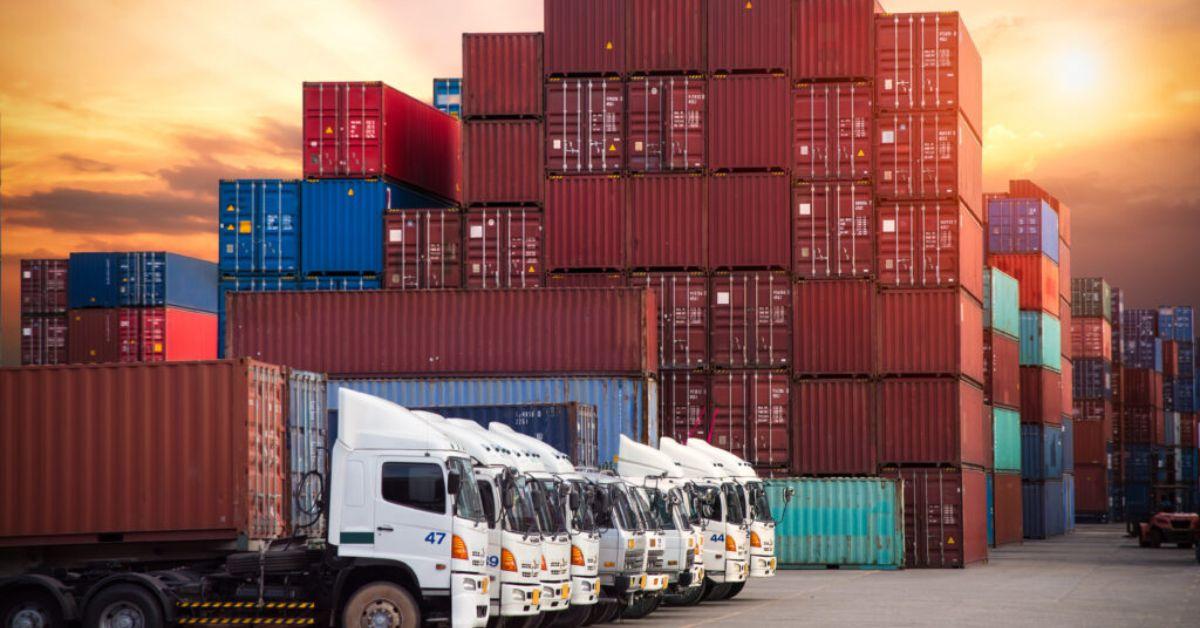An Introduction to Flatbed Trucking
Flatbed trucks are essential for transporting cargo that doesn’t fit within standard enclosed trailers. Unlike box trailers, flatbeds offer an open platform that allows easy loading and unloading of oversized, heavy, or unusually shaped freight. From steel beams and lumber to construction machinery, flatbed trucks support industries that require flexibility and strength in transportation.
In this guide, we explore everything from standard flatbed trailer dimensions to federal and state restrictions, offering a complete understanding of how flatbed trucking services operate in modern logistics.
Understanding Flatbed Truck Dimensions
The standard flatbed trailer in the United States measures about 48 feet long and 8.5 feet wide. Some models extend to 53 feet in length to accommodate longer freight. In terms of height, the deck of a flatbed trailer typically sits around 5 feet above the ground, offering about 8.5 feet in height for cargo before exceeding maximum legal limits.
These trailers can carry up to 48,000 pounds, depending on axle configuration and load distribution. Shippers must be mindful of both the gross vehicle weight and the per-axle limit to comply with transportation laws and avoid fines or delivery delays.
Specialized flatbed trailers, such as step decks and double drops, allow for even taller cargo while maintaining road-legal height limits. These trailers are used when freight exceeds the standard height profile and must be loaded closer to the ground.
Freight Restrictions and Safety Regulations
While flatbeds offer flexibility, they also come with responsibilities. Due to their open design, freight must be secured using chains, straps, tarps, or binders. Improperly secured cargo can shift during transit, causing damage or posing serious safety risks. That’s why the Federal Motor Carrier Safety Administration (FMCSA) outlines specific load securement rules for flatbed transport.
There are also restrictions related to over-dimensional freight. Any load exceeding 8.5 feet in width, 13.5 feet in height, or 53 feet in length in certain states may require oversize permits, escort vehicles, or limited travel hours. Shippers must work closely with experienced trucking companies to understand regional compliance and route planning.
Additionally, weight limits vary by state and route. Flatbeds crossing bridges, mountainous terrain, or state lines may face temporary detours or scaled inspections. Failure to comply can result in costly fines and shipment delays.
Industries That Rely on Flatbed Trucks
Flatbed trucks serve a wide range of sectors including construction, oil and gas, agriculture, manufacturing, and heavy equipment logistics. Their ability to carry pipes, pallets, pre-fabricated structures, and even military-grade materials makes them a versatile tool in freight transport.
Construction firms, for instance, use flatbeds to deliver materials directly to job sites. Machinery suppliers move forklifts, excavators, and cranes using custom flatbed configurations. Meanwhile, steel and lumber companies rely on flatbed fleets for consistent deliveries to industrial facilities or distributors.
Because of their adaptability, flatbeds are often part of both short-haul and long-haul supply chains. They are particularly useful for loading cargo from the side or top using cranes or forklifts — an option that enclosed trailers cannot offer.
The Importance of Load Planning in Flatbed Shipping
Load planning plays a critical role in flatbed shipping. It involves determining how freight will be arranged on the trailer to maintain balance, meet axle weight regulations, and minimize shifting during transit. The most experienced flatbed trucking companies use software to simulate load configurations, reducing the chance of human error.
Planning also includes selecting the right trailer type. A high-profile load may need a step deck trailer, while a tall and heavy item may require a double drop with ramps. Some loads may even need removable gooseneck (RGN) trailers for wheeled equipment like bulldozers or tractors.
Proper load planning is also tied to safety and fuel efficiency. Balanced loads reduce wear and tear on tires and axles, help maintain better mileage, and increase overall road safety.
Technology Advancements in Flatbed Trucking
Modern flatbed trucking is no longer reliant on manual paperwork and guesswork. GPS tracking, electronic logging devices (ELDs), and load tracking apps provide end-to-end visibility for shippers and customers alike. Real-time updates and geofencing ensure that deliveries are monitored with precision.
Fleet management systems optimize driver schedules, reduce idle time, and calculate ideal loading strategies. Sensors on trailers can even detect changes in cargo weight or balance, alerting dispatchers before an issue becomes a problem.
Digital documentation has also streamlined inspections, reducing border delays and simplifying compliance checks. These innovations help the best trucking company stay ahead of the curve and provide more reliable service.
FAQ: Flatbed Trucks and Trailers
What is a flatbed truck used for?
A flatbed truck is used to transport heavy, oversized, or irregularly shaped cargo that does not fit in enclosed trailers. It is ideal for industries such as construction, agriculture, and manufacturing.
What are the standard dimensions of a flatbed trailer?
The typical flatbed trailer is 48 feet long and 8.5 feet wide. The deck height is about 5 feet, and maximum cargo height is generally limited to 8.5 feet without permits.
Do flatbed trailers require special permits?
Yes, if the cargo exceeds height, width, or length limits defined by federal or state laws. Oversize permits and escort vehicles may be required for extreme dimensions.
How is cargo secured on a flatbed trailer?
Cargo is secured using ratchet straps, chains, binders, and tarps. Load securement must follow FMCSA safety regulations to prevent shifting during transit.
Is flatbed trucking safe for valuable equipment?
Absolutely. When handled by professionals and secured properly, flatbed transport is both safe and efficient for valuable, heavy-duty equipment and materials.
